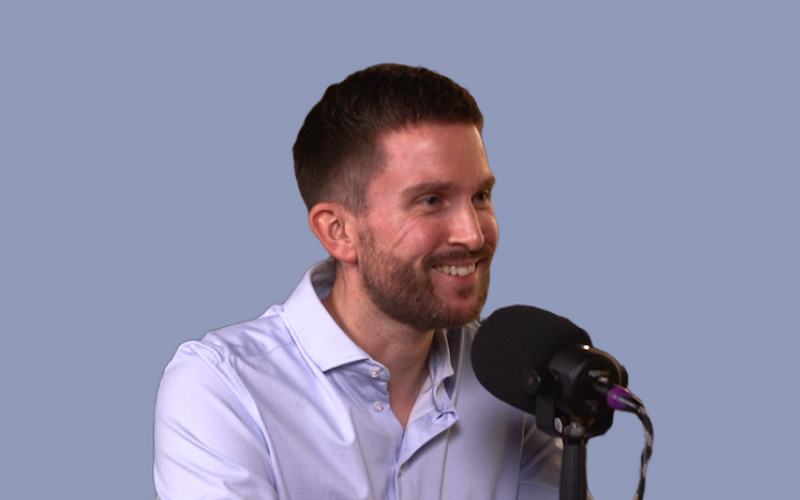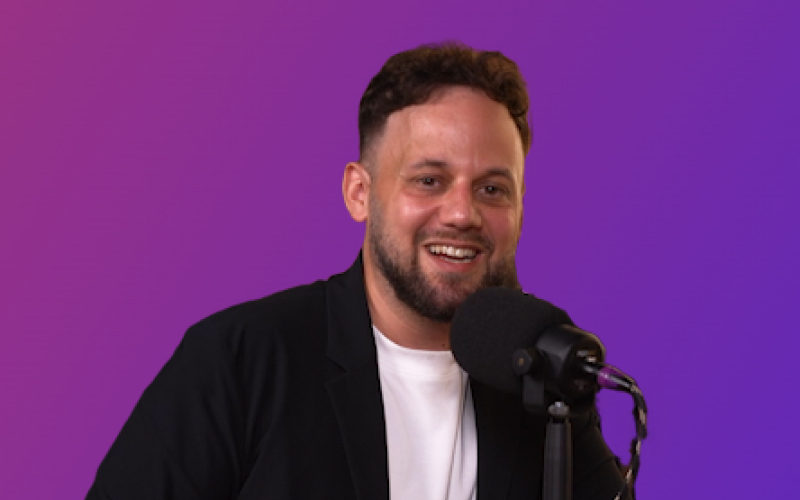Scaling UGC: How to turn creator videos into a scalable advertising format

User-generated content has long since established itself as a performance lever in the world of social ads. No other format looks as authentic, builds trust so quickly and can be produced so efficiently at the same time. UGC is now standard for many brands — but that doesn't mean that it works automatically.
Listen to the appropriate podcast episode with Jim about UGC here:
The big challenge is not to produce a single creator video, but to establish a repeatable process. Because while some UGC videos go viral or perform well in the short term, in many cases the structure to replicate these successes is missing. It's not about constantly trying out new ideas — it's about finding out what works and systematically expanding on exactly that.
In this article, we'll show you how to properly scale UGC. From initial target group understanding to the development of scalable messages to data-based analysis. The goal: A UGC system that is not based on chance, but on strategy and structure.
Is UGC dead? No — but there are many formats
Maybe you've heard it before: “UGC doesn't work anymore.” And in fact — many classic UGC formats, which ran excellently a year or two ago, are only showing moderate performance today. This applies in particular to simple unboxing videos or generic testimonial clips.
But it would be wrong to conclude from this that UGC generally no longer works. UGC isn't dead — it's just evolved. And that's a good thing. Because UGC is not a fixed format, but a style. An approach to make advertising more human, emotional and accessible.
It's not about what the content looks like. People trust other people more than faceless brands. That logic remains valid. The decisive factor is therefore not whether it is a selfie video or a studio video, but whether the message is convincing — and whether it fits the target group.
Why successful brands think of UGC as a system
The biggest mistake that many teams make: They shoot a video, hope for good results — and if it doesn't work, they simply test something completely different. The real potential of UGC lies not in the individual piece, but in the process behind it.
Professional agencies have perfected this process. Before a video is even produced, the focus is on target group analysis. It is not just about knowing age, gender or interests, but also about developing a deep understanding of the real problems, wishes and language of the target group. Tools such as Google searches, Reddit discussions, Amazon reviews, or post-purchase surveys help to find out what really moves people — and how they talk about it.
These findings result in clear advertising messages. These so-called angles are the communicative core of an ad. This angle can then be implemented in very different formats: as a selfie video, as an interview, as a meme, as a voiceover or as an animated graphic. It is crucial that the message works emotionally.
In parallel, a clear briefing for creators will be drawn up. Many brands underestimate this step. But only when creators understand which message should be conveyed can the video also perform later. This is not about prescribing every word, but about a clear guideline that the creator can use as a guide.
Scale through repetition, not through constant rethinking
What many forget: Scaling doesn't mean constantly developing new ideas. On the contrary — good results are achieved even when you build on what is already working.
If a video was successful, it makes sense to test the same hook with another target group — or implement the same message in a different format. Perhaps a variant of a young woman's curl care video with a 45-year-old mother will also work. Or the same script can be staged as a street interview or tutorial.
The trick is to understand the principle behind a successful ad — and to transfer it to other contexts. The result is a UGC system that generates revenue not just once but repeatedly.
Analysis determines success or failure
The work doesn't stop when you upload. If you want to scale UGC, you need data-driven evaluation. And not just on a superficial level. It's not enough to see whether a video has a high hook rate or gets many views. The decisive factor is whether it sold.
This is where DatAds comes in: Our platform helps creative teams and performance marketers recognize within seconds which creatives are really performing — and why. You'll get clear insights into your top performers, recognize patterns in successful hooks, angles, and formats, and make data-based decisions for your next creative test.
Conclusion: This is how UGC becomes a scalable creative system
User-generated content works when you think of it as a strategic system. Successful brands analyse their target group down to the last detail, develop strong advertising messages, rely on structured creator briefings and make their decisions based on data.
If you set up UGC this way, you can turn a single creator video into a scalable advertising format. A format that brings long-term results — and helps you launch better ads faster.
UGC is not dead. Bad UGC it is. Anyone who understands the difference has the chance to achieve real competitive advantages with this format.
Mehr Artikel
Hier findest du weitere hilfreiche Artikel.

.avif)


